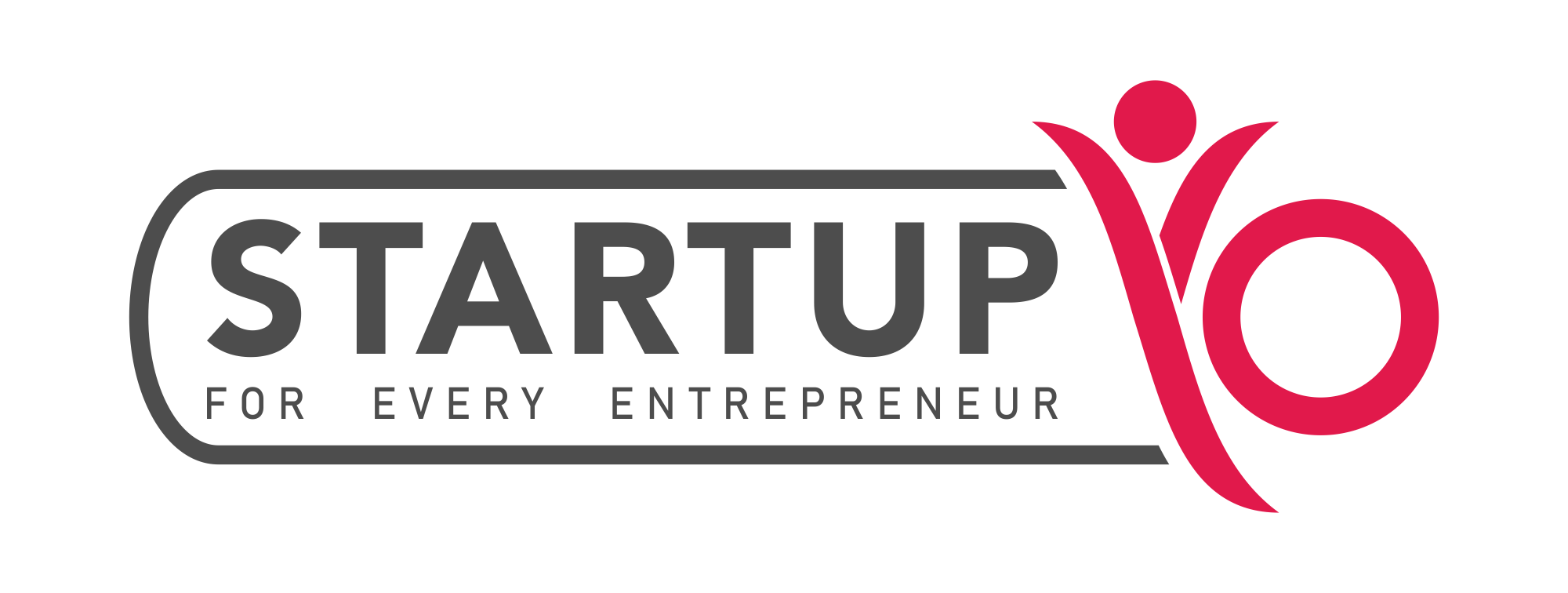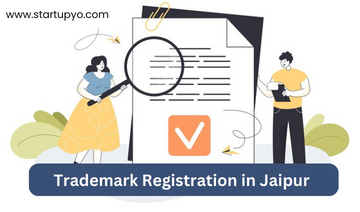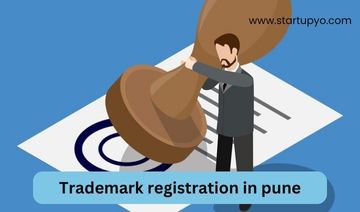Trademark Registration
The trademark registration process in India is very important, it secures your brand while providing protection and helps in maintaining your reputation. There are a few simple steps to follow if you want to register trademark in India. Drive deeper with this guide and know the whole procedure.
Trademark Search
Trademark Search is avoided by many entrepreneurs, they don’t understand what is the need and importance of a TM search. A strong and unique brand name does not only protect your business.
For instance, if the Trademarks of two companies were the same, the consumers would be confused, and could not judge which goods belong to which one company. So in order to clear this thing, laws are present that minimize this confusion and protect registered trademarks from duplicity.
If a brand or company is going to register a trademark, they should keep in view trademark search because only this feature will help them to make sure the design they are having is not similar to other brand’s trademarks. One must search for a trademark design before registering it.
It not only helps entrepreneurs to know about the similar trademarks available but it informs where the trademark is standing and also warns about the trademark legal action.
If any entrepreneur avoids this step, there is a possibility of trademark litigation, so anyone can avoid this time-consuming trademark litigation with the help of a trademark search.
Knock-out search and a Full search are two types of searches.
Knock-out search: the Federal Trademark Register conducts this search and clears at the time of the registration process, whether the trademark will be accepted or not.
Knock-out search searches both registered as well as applied trademarks and provides a clear picture of identical or close-match trademarks of a trademark.
Full search: this kind of search is reviewed by an intellectual property lawyer or a trademark lawyer. An extensive trademark search is carried out with the help of a specialized computer software system to get the records of identical trademarks or close variations of the trademark.
Read More: Difference Between Copyright and Trademark
Trademark Filing
Once you are sure, your chosen trademark is unique and there are no identical trademarks in the Trademark Registry India. Then you can proceed by filing a trademark application for your chosen brand name or logo.
At Trademark Registry India, you can file a trademark application or you can choose an online platform IndiaFilings.com for this process.
Basic Requirements
- Brand name or Logo
- Basic info of trademark owner (name & address)
- Trademark class
- Trademark date, from the date it has been used
- Class of Goods or Services, or their description.
Documents Required
- Address proof and ID proof.
- Registration Certificate of Udyog Aadhar.
- Optional: logo copy.
- Signed form-48
- Your Passport & PAN.
Read More: How to Protect Your Business with Trademark?
Trademark Examination
Once filing a trademark application is done, its examination process starts, and the process is carried out by the examiners in order to check out any discrepancies. It takes around 12-18 months to examine this trademark application and to issue its examination report.
The report can be accepted for trademark journal publication or the trademark office can object to the application. In case of not accepting the trademark application, the applicant can address the objections to the Trademark officer. If the applicant can justify and the trademark officer feels satisfied, the trademark would be allowed for journal publication.
If the applicant was not able to satisfy the trademark officer with its justifications. The applicant can appeal before the Intellectual Property Appellate Board.
Trademark Journal Publication
After the examination process is done, the Trademark Registrar accepts the trademark registration application, and is published in the Indian Trademarks Journal.
Journal publication is actually an advertisement of Trademark Application, this weekly trademark journal informs about the trademark status and is advertised before acceptance after this advertisement the objections or opposition period begins for the applied trademark.
Once the trademark is listed in the journal, after 90 days it gets the final government approval. In these 90 days, the public has the opportunity to comment or object in case the registration can damage them.
If there is no objection from any person or entity then the trademark gets proper registration within the Indian jurisdictions. But if someone came up with some kind of objection then there will be a proper sorting, after a proper hearing, the decision can come either in favor of the applicant or the application will be rejected.
Journal publication is a very important step in the registration of a trademark in India.
Read More: How can I Register a Trademark Internationally?
Trademark Certificate
Registration trademark certificate is issued only when the applied trademark is published in the Trade Marks Journal. When no more amendments are pending, the original copy is available in Registry’s electronic database with no pending requirements.
Trademark Certificate is automated, so applicants can get the certificate online. After the trademark conditions are all satisfied, a trademark certificate can be generated or issued online on the official Trade Marks Registry website.
The applicants will get a trademark certificate on their email addresses, in case applicants have some agents, then only the authorized agents can get the certificate under the trademark office seal.
Trademark Application Number
In order to download a trademark certificate online, a trademark application number is important. Without an application number, applicants can not download the trademark application certificate. Before starting the procedure of downloading the certificate from the Trade Mark Registry website, an applicant must get their application number.
Here are the step-by-step guidelines in order to get the application number.
- Click the IP India website
- Business name.
- Go to the ‘search’ button and enter the class.
- Displaying Matching trademark with details. Highlighting application number & status.
- Match your number with the application number and note it down.
- Download your trademark certificate.
Trademark Renewal
In case your trademark is on the verge of getting expired, you can renew it easily after every 10 years, protecting your brand reputation and your goods and services.
Conclusion of Register Trademark in india
Registering a trademark in India is very important, it’s not a time-consuming process and does not require much effort. The whole process does not require your time, it just needs your patience. Protect your brand and know the importance of registering a trademark.
FAQ’s
What is the procedure for the application for registration of a trademark?
Application for registration of a trademark is done in a prescribed manner along with the trademark registration fee.
What is the period of Trademark Opposition?
The period of Trademark Opposition is 90 days or 4 months from the publication.
What are the documents required for filing a Trademark application?
The documents required for filing a Trademark application are Address proof and ID proof, Registration Certificate of Udyog Aadhar, Optional: logo copy, Signed form-48, Your Passport & PAN.
What are the two types of trademark searches?
The two types of trademark searches are Knock-out search and Full search.
Disclaimer: The information contained in this article is for general information purposes only. The information is provided by StartupYo (SAB Weblabs Pvt. Ltd). While we endeavor to keep the information up to date and truest to the best of our knowledge, we make no representations or warranties of any kind, express or implied, about the completeness, accuracy, reliability, suitability, or availability with respect to the website or the information, products, services, or related graphics contained on the website for any purpose. Any reliance you place on such information is therefore strictly at your own risk.



